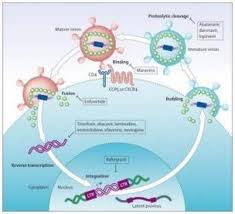MALARIA: Disease, Life Cycle, Distribution
Definition:
Life Cycle:
The life cycle of malaria is complex (see Fig. 1-1) with developmental stages and corresponding symptoms differing according to the Plasmodium species involved (see Table 1-1). Sporozoites, the infective stage of plasmodia, are injected from the salivary glands of infected mosquitoes during feeding. Following inoculation, the sporozoites disappear from the blood within 30 minutes. Many are destroyed by white blood cells, but some enter liver cells.
Definition:
Malaria is both an acute and chronic disease caused by protozoa of the genus Plasmodium. Four species cause human malaria: P. falciparum, P. vivax, P. malariae, and P. ovale. The protozoa are transmitted to humans by female mosquitoes of the genus Anopheles. (Transmission can also occur by direct inoculation of infected red blood cells via transfusion, needles, or congenitally). Some signs and symptoms of the illness are high fever, chills, headache, anemia, and splenomegaly. Most serious and fatal complications are caused by P.falciparum.
 |
| MALARIA PREVENTION AND CURE |
The life cycle of malaria is complex (see Fig. 1-1) with developmental stages and corresponding symptoms differing according to the Plasmodium species involved (see Table 1-1). Sporozoites, the infective stage of plasmodia, are injected from the salivary glands of infected mosquitoes during feeding. Following inoculation, the sporozoites disappear from the blood within 30 minutes. Many are destroyed by white blood cells, but some enter liver cells.



